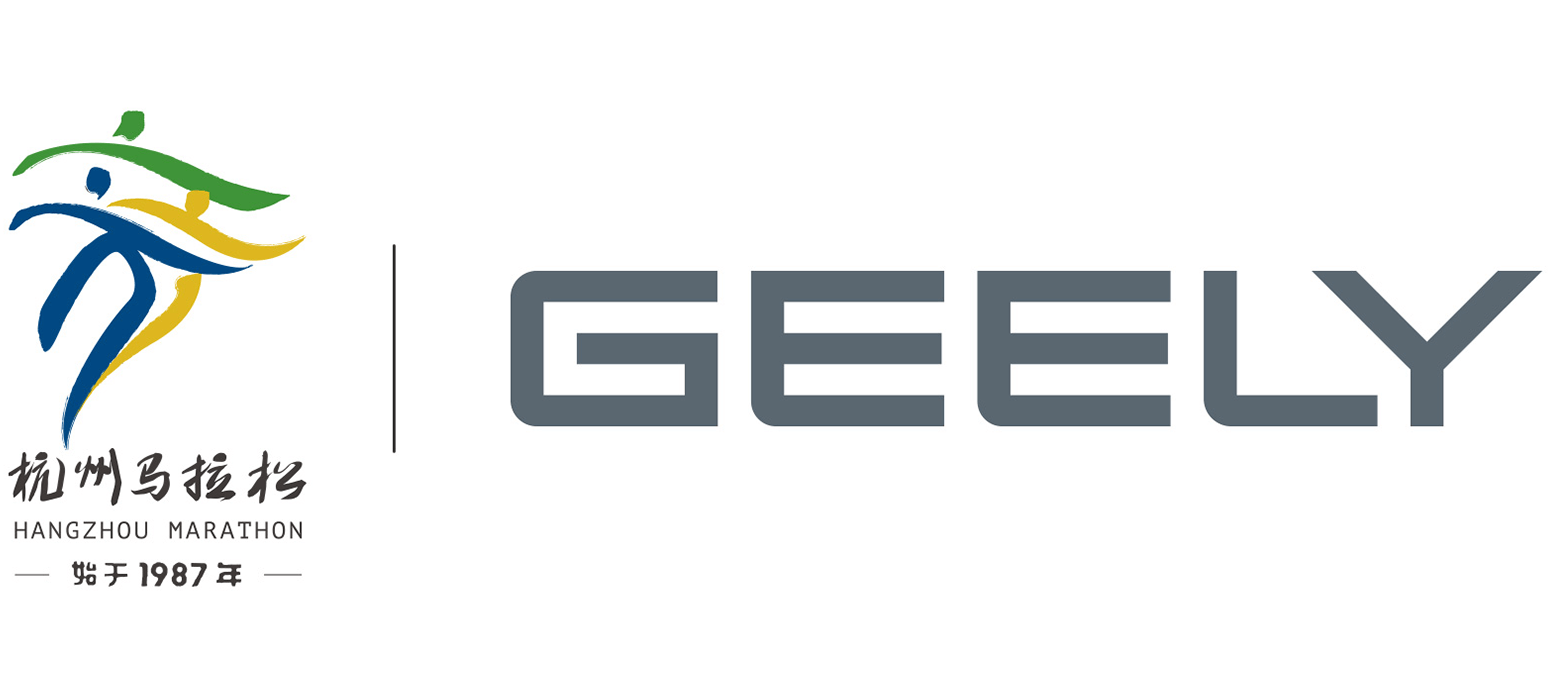What do you get when you combine automotive and aviation expertise? One vehicle, two modes of travel. We spoke with Terrafugia on how it’s designed its vehicles to make the most of both the roads and the sky.
Flying cars are no longer limited to the pages of science-fiction novels. In fact, they are here and developing with rapid speed as the race for mobility takes to the skies. But what does a flying car look like at present and what will its role be in the mobility ecosystem of the future? Kevin Colburn, Vice President and General Manager of Terrafugia, shares his vision with us.
The desire to capture the future of mobility has taken us from the ground to the sky. What was Terrafugia’s original inspiration for getting into the field of flying cars?
The concept of a flying car has captured the imaginations of inventors and entrepreneurs for ages: the first flying car patent was issued in 1918! But between regulatory hurdles, technology limits, and infrastructure limitations, successful product launches were elusive.
In 2004, things changed. The Federal Aviation Administration (FAA) in the U.S. created a new category of aircraft known as Light Sport Aircraft, or LSA.
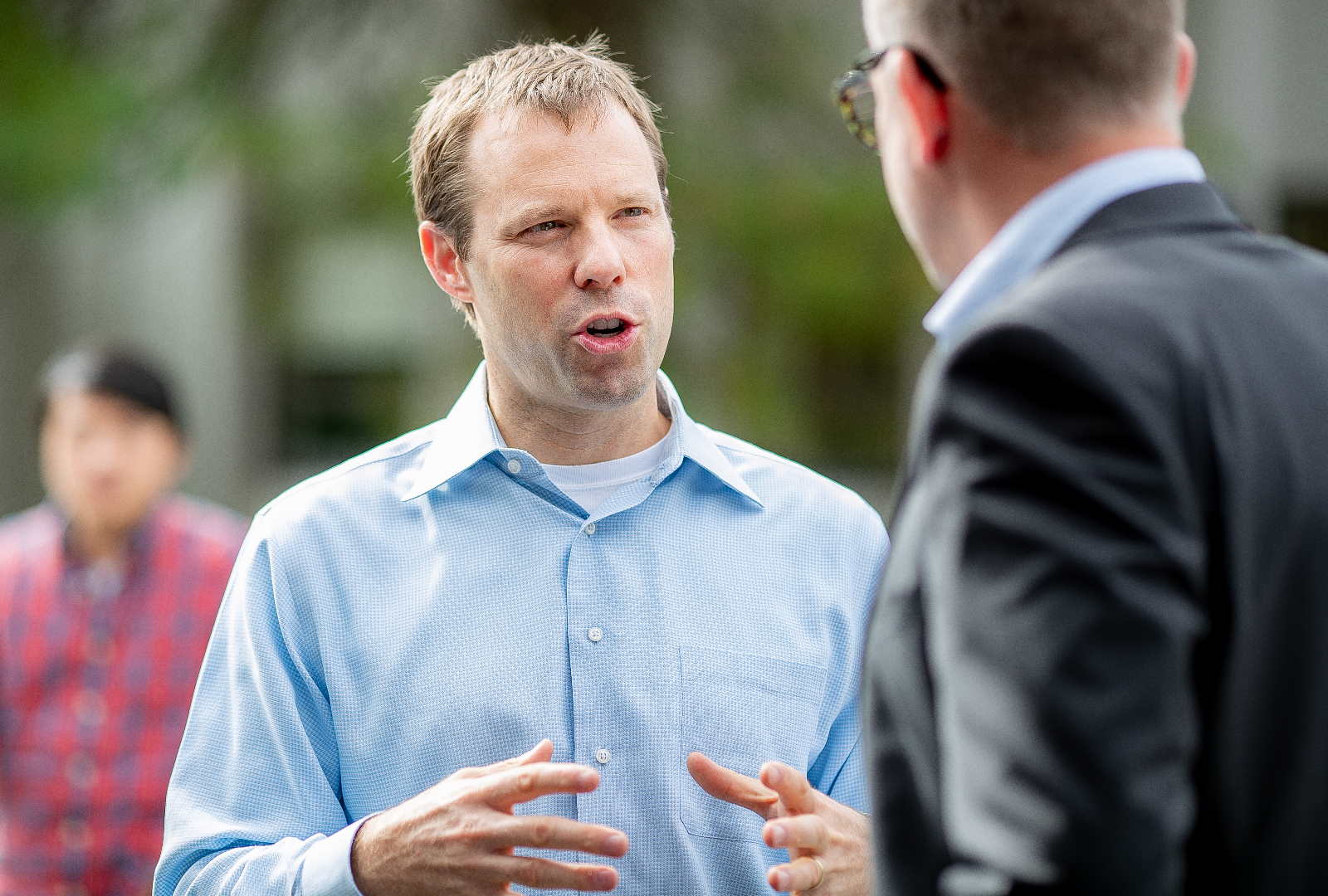
Kevin Colburn, Vice President and GM of Terrafugia.
This category made it significantly easier for manufacturers to develop and sell new types of small aircraft and for prospective pilots to get trained and licensed to fly.
In 2006, the founders of Terrafugia recognized that this regulatory development, coupled with the technological advancement and availability of lightweight materials like carbon fiber and the readily available infrastructure of over 5,000 public-use airports covering the entire U.S., meant that the conditions were finally right to develop a vehicle like the Transition.
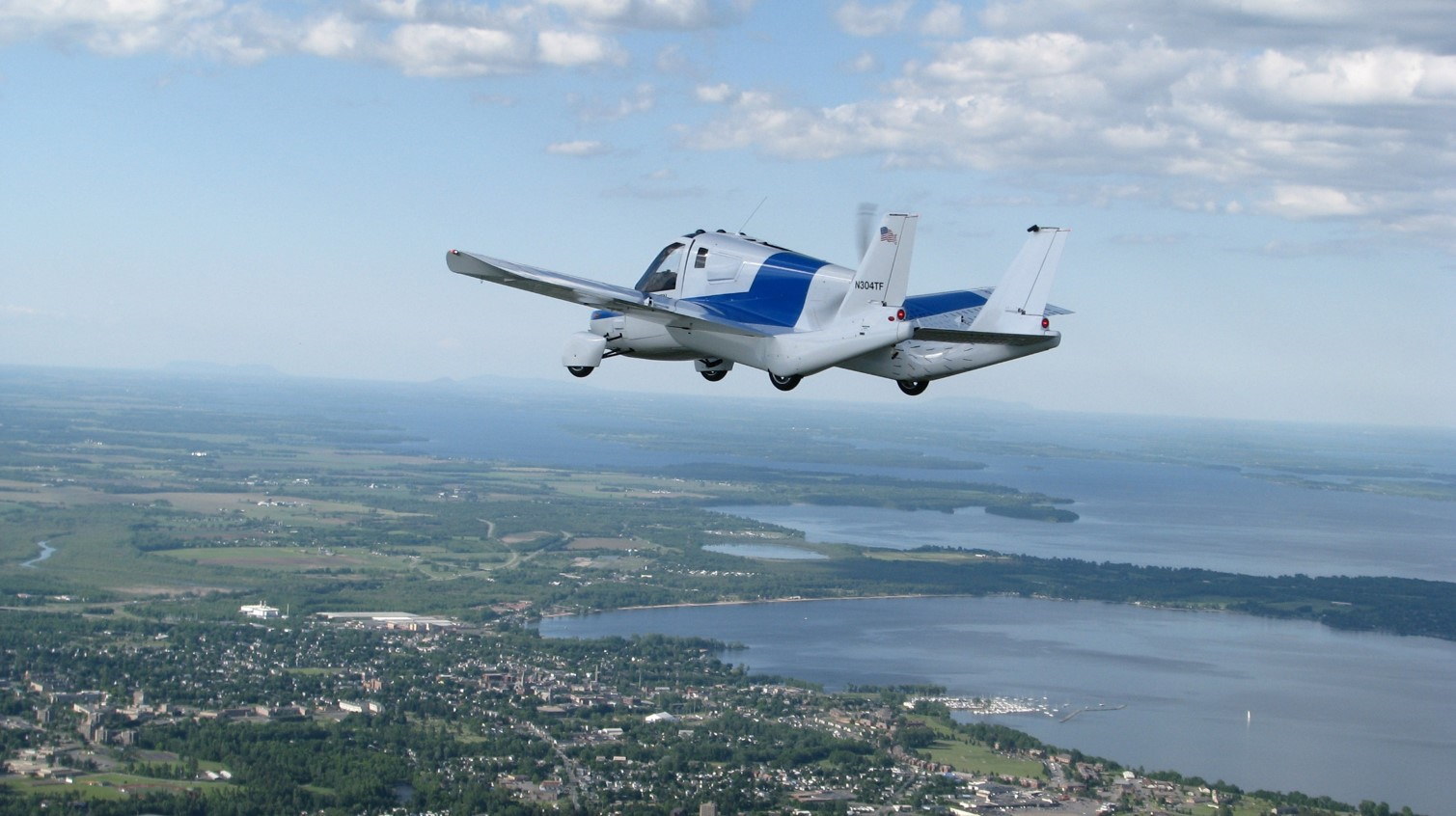
The Transition takes flight.
Around the globe, there are more than 100 companies focused on making flying machines. What sets Terrafugia apart from the others in terms of innovation, technology and business ambitions?
On the innovation and technology front, we performed some valuable research and development over the last few years, and our understanding of the complex physics of vertical takeoff and landing craft is very good. Others are figuring it out, too – just look at how the designs for many of these vehicles are starting to look very similar.
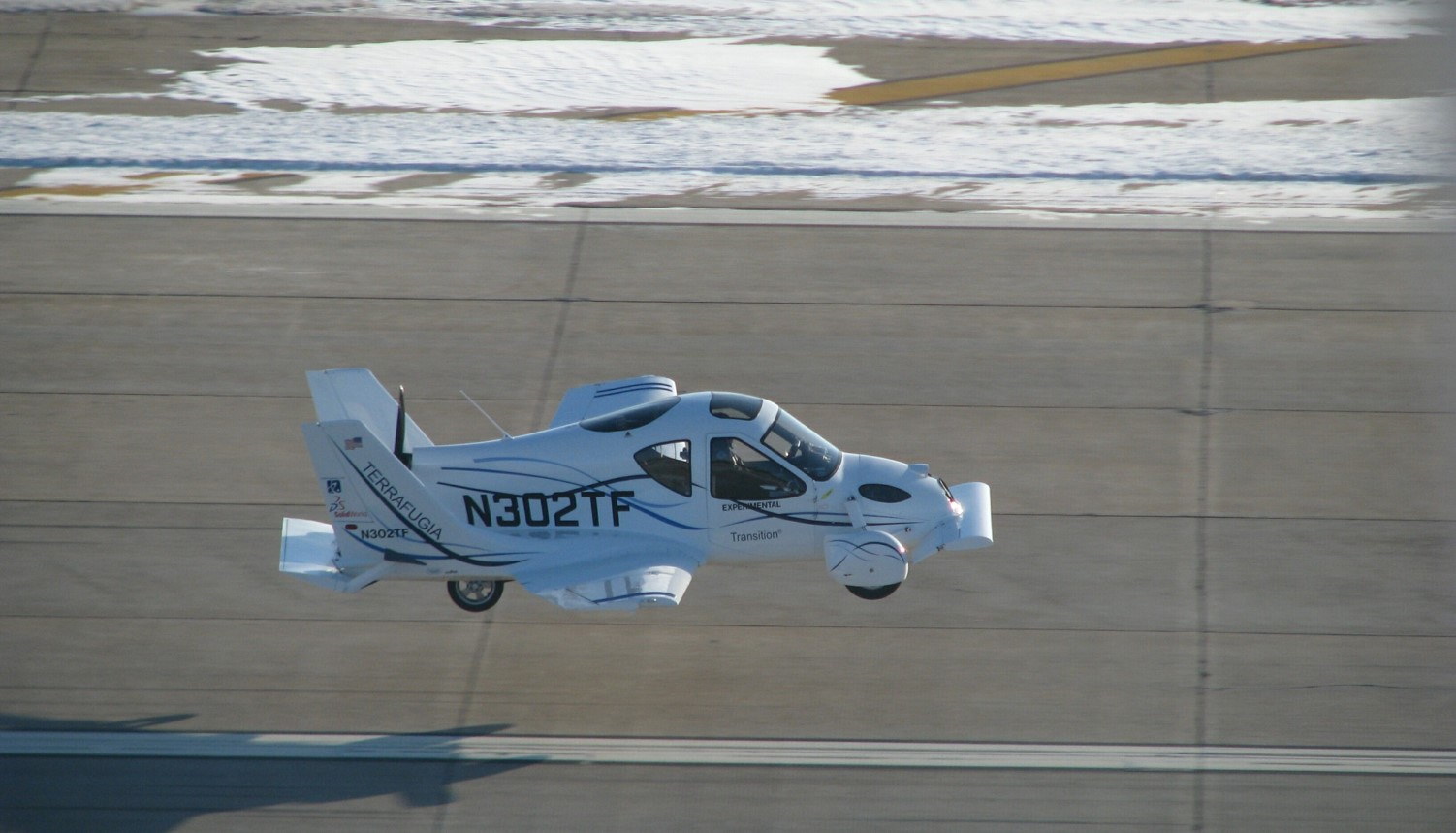
Where we shine is our international span and our certification planning. Terrafugia’s China-based team is moving very quickly to develop an autonomous, cargo-focused vehicle that should get to market much faster than a more heavily regulated passenger-focused vehicle in the U.S., something which will come later. Design elements from our efforts here in the U.S. are already informing our China team’s effort, and, in turn, their work will help accelerate our efforts as we finish our first product and look to the second. No other East-West collaborations are as deeply committed on both sides as we are, especially with a company as muscular as Geely behind it.
Safety has always been a priority in all types of vehicle, especially those with flying capabilities. What is Terrafugia doing to improve safety standards in their vehicles?
A common issue for LSA aircraft is that, to avoid being stuck in a remote location to wait the passing of bad weather, many pilots choose to continue flying in unsafe conditions. One of the key safety benefits of the Transition is that it allows pilots to land at the nearest airport, convert to drive mode, and continue toward their destination over roads.

The interior of the Transition.
To realize this additional utility, the Transition must be designed to meet Federal Motor Vehicle Safety Standards (FMVSS), which, through the help of features such as energy absorption, a safety cage, and proven occupant restraint technology, give results of crash safety and occupant protection unmatched in other light aircraft.
Finally, the Transition features an integrated full-vehicle parachute that can deploy at very low altitudes. Such parachutes are installed on many small aircraft and have saved over 400 lives since their introduction.
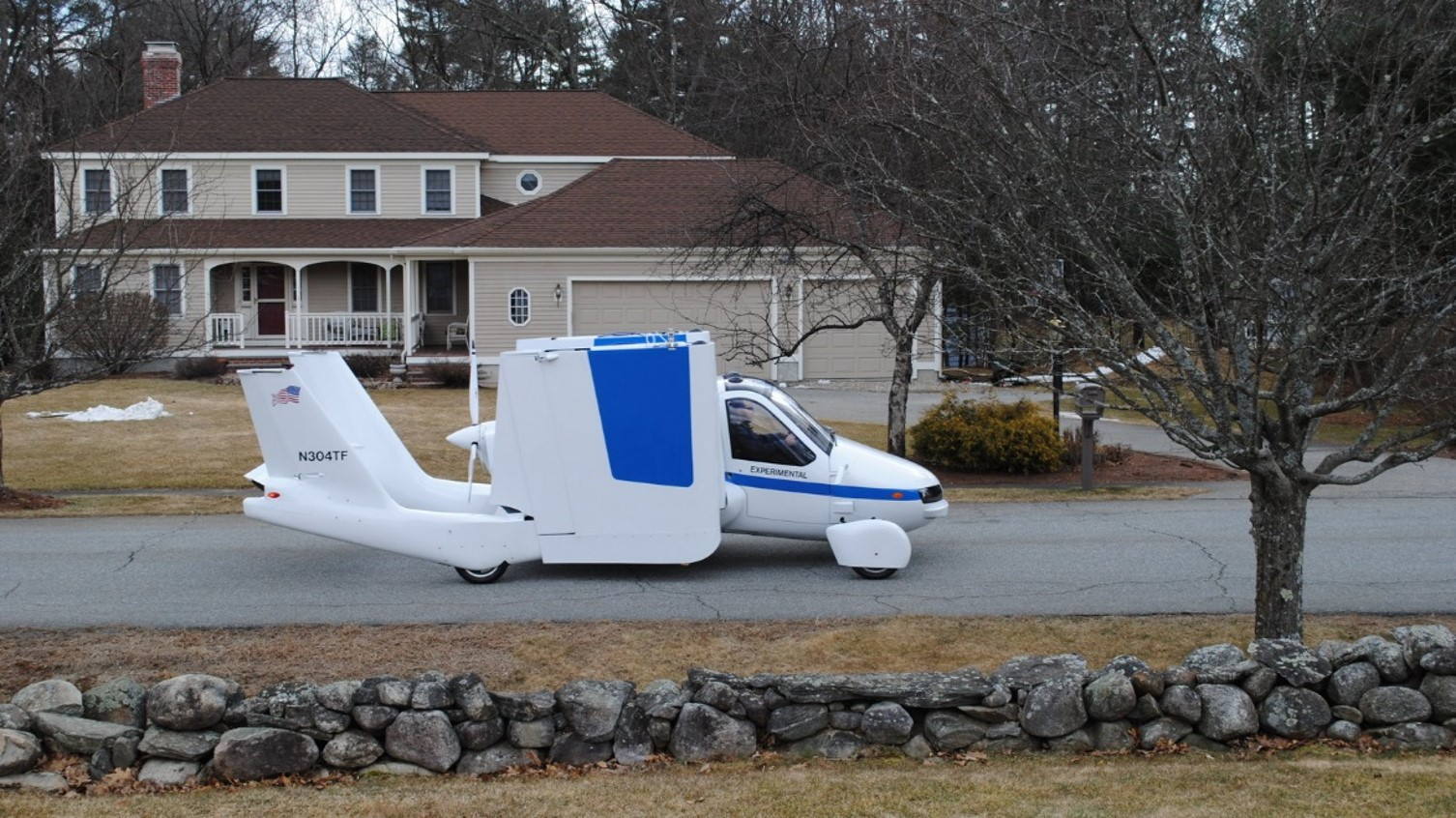
Transition, the first generation of product, mainly focuses on high-end customers and enthusiasts. How will Terrafugia expand into the wider commercial market?
The Transition takes advantage of a mature infrastructure: local airports, roads, and home garages. Terrafugia recognized early on that a different product that fits in a home garage like the Transition but eliminates the need for a runway (through vertical takeoff and landing) and a pilot’s license (through increasing levels of autonomy) would widen the addressable market. That concept vehicle is what attracted Geely’s attention in the first place, and it remains our long-term vision. We call it the TF-X.
In the medium-term, through our own research and collaboration with our China-based team, we plan to develop a passenger-carrying VTOL vehicle that will be operated in and around urban areas. Unlike the Transition or the TF-X, this product will rely on a shared-use model that, like existing commercial aircraft, would naturally give us exposure to a much wider market of fare-paying customers.
The TF-X.
How will the cooperation with Geely Group energize the innovation in future mobility solutions?
Over the last two years, we developed a strong relationship with both CEVT and Lotus, who were instrumental in helping us through several challenges by expanding our engineering design, testing, and supply chain capabilities.
Being part of the Geely Technology Group, with its lean, agile, business-focused ethos, has helped us take a broader view of markets and where our offerings can fit.
We are excited to contribute our knowledge base in flying car development, aviation, and aviation regulation to the Geely Group’s vast expertise in cars, trucks, lightweight design, safety, supply chain innovation, and creative go-to-market strategies. Terrafugia was founded with the idea of creating a single product, but now, as part of the Group, we are poised to play a significant role in realizing Chairman Li’s vision of something much larger – an entire integrated ground-air transportation system. The future is bright, and we are proud to be part of the team.
To learn more about Terrafugia, visit their official website here.


